Ramgarh Vishdhari Wildlife Sanctuary is an emerging destination for wildlife enthusiasts and nature lovers. This sanctuary is situated in the Bundi and Chittorgarh districts, offering a rich tapestry of wildlife and scenic beauty. The sanctuary is known for its diverse flora and fauna, including the elusive leopard, chital, and a variety of bird species. With its sprawling landscapes, tranquil environment, and the presence of several water bodies, Wildlife Sanctuary undoubtedly provides a unique and immersive experience for visitors.
Location
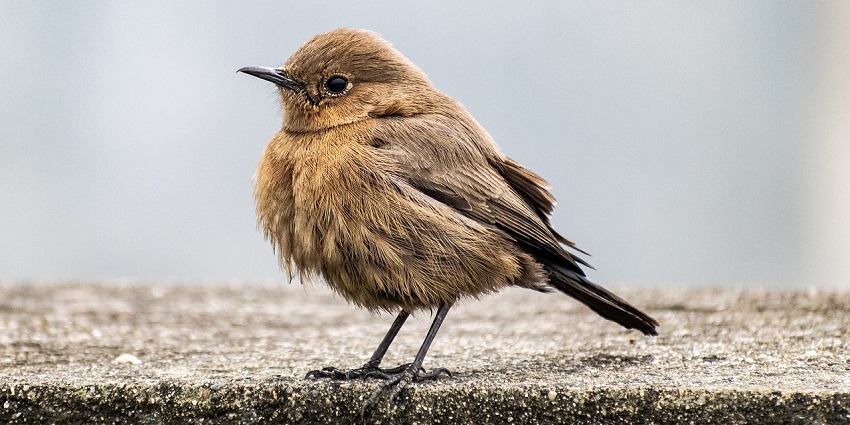
Photo: balouriarajesh / Pixabay / Image For Representation Only
Ramgarh Vishdhari Wildlife is located in the Bundi and Chittorgarh districts of Rajasthan, India. This vast sanctuary is characterised by its diverse terrain, including dense forests, rolling hills, and several water bodies. The sanctuary’s location amidst the rugged landscapes of Rajasthan makes it a haven for a variety of wildlife and a serene retreat for nature lovers.
Suggested Read: Dhawa Doli Wildlife Sanctuary
How To Reach
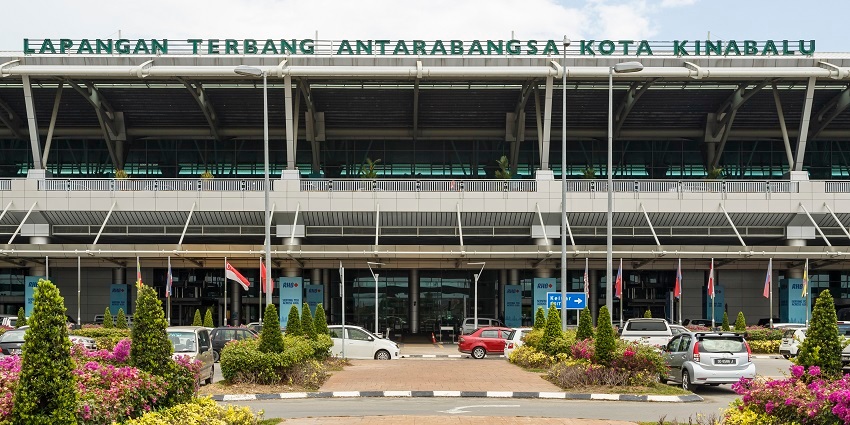
Photo: CEphoto, Uwe Aranas / Wikimedia Commons
By Air: The nearest airport to Ramgarh Vishdhari Wildlife Sanctuary is Kota Airport, approximately 130 kilometres away. From the airport, you can hire a taxi or use local transport to reach the sanctuary.
By Bus: Rajasthan State Road Transport Corporation (RSRTC) operates regular bus services to Bundi and Chittorgarh from major cities like Jaipur, Udaipur, and Delhi. From these cities, you can take a taxi or local bus to reach the sanctuary.
By Rail: The nearest railway stations are in Bundi and Chittorgarh, situated about 50 and 80 kilometres from the sanctuary, respectively. You can hire a cab or take a local bus from these stations to reach the sanctuary.
Places To Visit Around Ramgarh Vishdhari Wildlife Sanctuary
Here’s a list of places to visit around Ramgarh Vishdhari Sanctuary
1. Ramgarh Fort
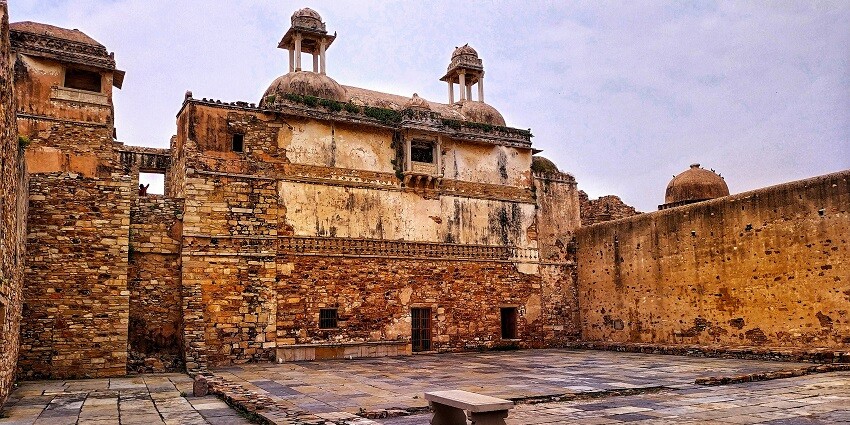
Photo: Vivek_Gupta / Shutterstock
Ramgarh Fort, a historical gem located near the sanctuary in Rajasthan, is renowned for its architectural grandeur and immense historical significance. Constructed in the 14th century, this imposing fort showcases the craftsmanship and strategic genius of its era. Its thick, robust walls and towering ancient gates reflect the might of mediaeval defence architecture, while its elevated location provides sweeping panoramic views of the surrounding hills and dense forests.
These scenic views make it a favourite destination for photographers and nature lovers alike.
Timings: 9 AM – 6 PM
Entry Fee: ₹50 for Indians, ₹100 for foreigners
Suggested Read: National Parks Near Jaipur
2. Bundi Palace
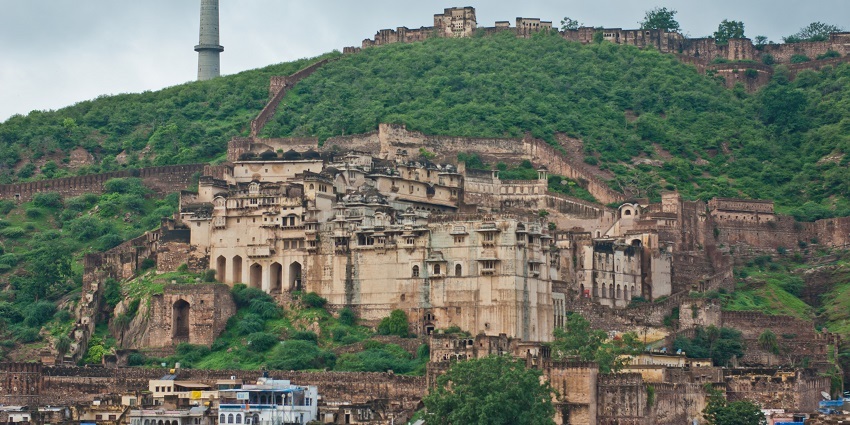
Photo: Antoine Taveneaux / Wikimedia Commons
Bundi Palace is a renowned palace located in Bundi, famous for its intricate frescoes and royal architecture. The palace features beautifully painted walls, ornate courtyards, and impressive murals depicting scenes from royal life. Visitors can explore the palace’s various sections, including the Chhatri Mahal and the Hawa Mahal, which offer a glimpse into the opulent lifestyle of the Bundi rulers. The palace is set against the backdrop of Bundi’s scenic landscape, providing a captivating experience for history and art lovers.
Timings: 10 AM – 5 PM
Entry Fee: ₹100 for Indians, ₹200 for foreigners
3. Chittorgarh Fort
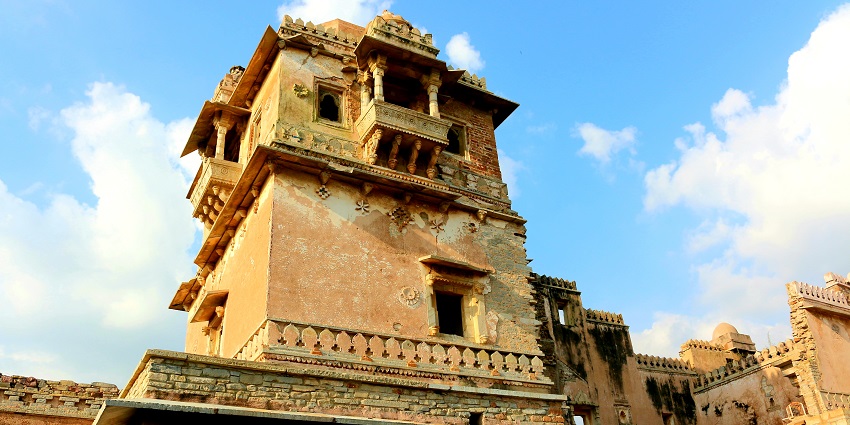
Photo: Rupeshsarkar / Wikimedia Commons
Chittorgarh Fort, one of India’s largest and most magnificent fortresses, stands as a UNESCO World Heritage Site, celebrated for its immense historical and architectural significance. This majestic fort was a stronghold of the Mewar kingdom and has witnessed numerous battles, valiant sacrifices, and heroic tales throughout its existence. The fort complex houses an array of impressive palaces, temples, and monuments, each reflecting a unique piece of history and culture. The Rani Padmini Palace, steeped in legend and beauty, is another highlight, renowned for its historical connection to Queen Padmini’s tale of valour and sacrifice.
Timings: 9 AM – 6 PM
Entry Fee: ₹50 for Indians, ₹300 for foreigners
Suggested Read: Mount Abu Wildlife Sanctuary
4. Sukh Mahal
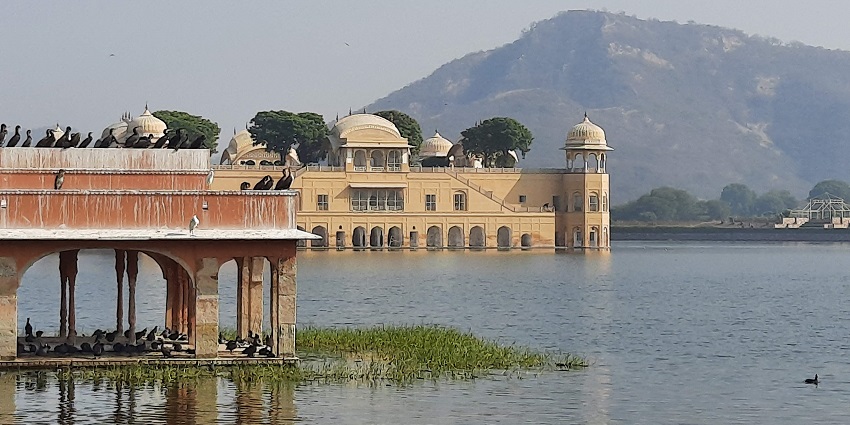
Photo: Shubhsherl / wikimedia commons
Sukh Mahal, located near Bundi in Rajasthan, is a charming palace renowned for its picturesque setting and rich historical significance. It was constructed during the 19th century, and offers a unique blend of traditional Rajput architecture, making it a prime example of the region’s cultural heritage. One of its key features is the scenic lake adjacent to the palace, providing a soothing backdrop for visitors looking to unwind. Sukh Mahal also holds historical importance, having been a retreat for several royals.
Timings: 9 AM – 5 PM
Entry Fee: ₹20 for Indians, ₹50 for foreigners
5. Jhalawar Fort

Photo: Siddharth 36 / Wikimedia Commons
Jhalawar Fort, located in the vibrant town of Jhalawar in Rajasthan, is a notable historical site that captivates visitors with its rich heritage and grand architecture. Its towering structure boasts intricate designs, including beautifully crafted ornate gateways, sprawling courtyards, and sturdy watchtowers that once served as defence points.The fort is divided into several sections, with each offering something unique for history enthusiasts. Visitors can explore the palace, which features elegant halls adorned with frescoes, intricate carvings, and royal artefacts that narrate stories of the region’s past.
Timings: 9 AM – 6 PM
Entry Fee: ₹30 for Indians, ₹100 for foreigners
Suggested Read: Popular Places To Visit Near Udaipur
Where To Stay
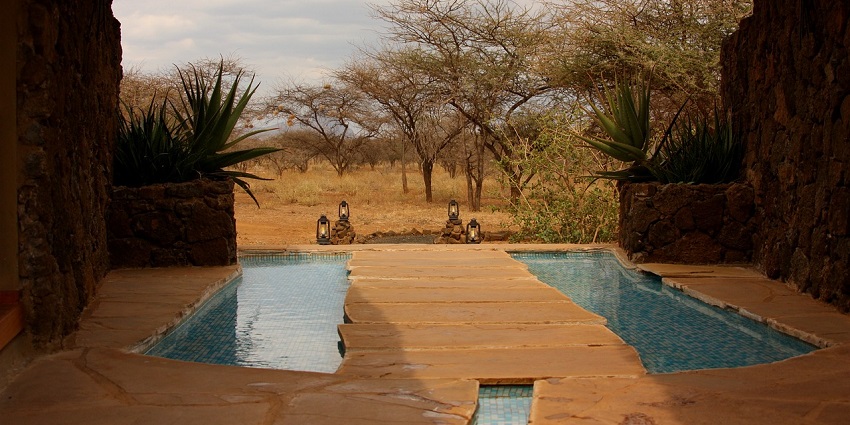
Photo: PublicDomainPictures / Pixabay / Image For Representation Only
Accommodation near Ramgarh Vishdhari Wildlife Sanctuary ranges from luxury hotels to budget guesthouses. Popular options include the luxurious hotels in Bundi and Chittorgarh, such as the Bundi Vilas and the Hotel Krishna Palace, offering comfortable stays with modern amenities. For a more budget-friendly experience, consider staying at local guesthouses or hotels in Bundi and Chittorgarh, which provide basic amenities and a cosy atmosphere.
Where To Eat
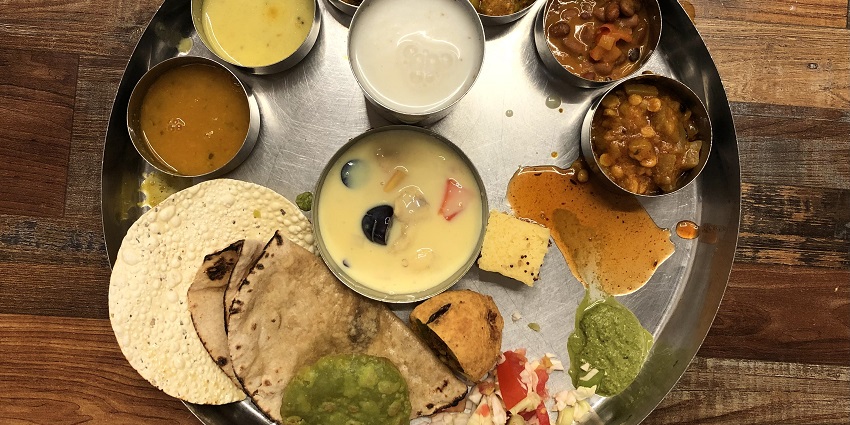
Photo: Picofolkujur / Wikimedia Commons / Image For Representation Only
Dining options near Ramgarh Vishdhari Wildlife Sanctuary include a mix of local and regional cuisine. Many hotels and resorts offer in-house dining with a variety of dishes, including traditional Rajasthani fare and continental cuisine. Popular restaurants in Bundi and Chittorgarh include the Hadoti Palace Restaurant, known for its authentic Rajasthani dishes, and the Chittorgarh Palace Restaurant, which offers a range of regional and international cuisines.
Suggested Read: Night Safari In Ranthambore
Best Time To Visit

Photo: JonPauling / Pixabay / Image For Representation Only
The best time to visit Ramgarh Vishdhari Wildlife Sanctuary is from October to March. During these months, the weather is pleasant and cool, making it ideal for wildlife sightings and outdoor activities. The temperatures are comfortable, and the risk of rain is minimal, allowing visitors to fully enjoy the sanctuary and its surroundings. The sanctuary is generally less accessible during the monsoon season from June to September due to heavy rains.
Other Factors To Consider
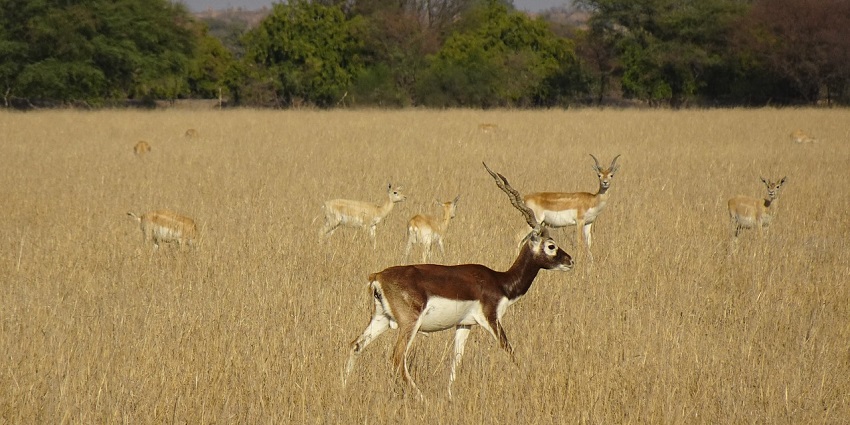
Photo: sarangib / Pixabay / Image For Representation Only
Average Cost Of The Trip
The trip to Ramgarh Vishdhari Wildlife Sanctuary can cost between ₹8,000 to ₹15,000 per person, depending on your choice of accommodation, dining, and activities. The entry fee at Ramgarh Vishdhari Wildlife Sanctuary is typically ₹200 for adults and ₹250 for children, with additional charges for certain rides and activities. Luxury stays and guided tours can increase the overall cost, while budget options and self-guided tours can help manage expenses.
Tips For The Travellers:
- Ensure you book your accommodation and safari slots well in advance, especially during peak tourist seasons, to secure the best options and rates.
- Bring comfortable clothing, a hat, and sunscreen to protect yourself from the sun. Also, carry binoculars for wildlife spotting and a good camera to capture the natural beauty of the sanctuary.
- Follow all guidelines and regulations while visiting the sanctuary to ensure a safe and respectful experience for both you and the wildlife.
- Carry sufficient water and stay hydrated, especially during outdoor activities and while exploring the sanctuary.
Suggested Read: Night Safari In Kumbhalgarh
Ramgarh Vishdhari Wildlife Sanctuary, located in Rajasthan, offers a rich and diverse ecosystem, making it a haven for wildlife enthusiasts. This sanctuary provides a unique opportunity to explore nature’s beauty. Its serene landscapes and varied flora and fauna make it an ideal destination for adventure, wildlife exploration, or peaceful immersion in nature. Plan your next trip with TripXL to enjoy the adventures that this sanctuary has to offer.
Cover Photo: Hidde Rensink / Unsplash / Image For Representation Only


 WhatsApp
WhatsApp
 Twitter
Twitter









